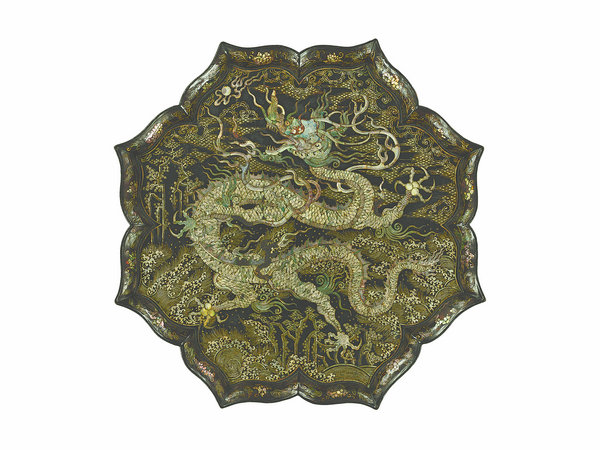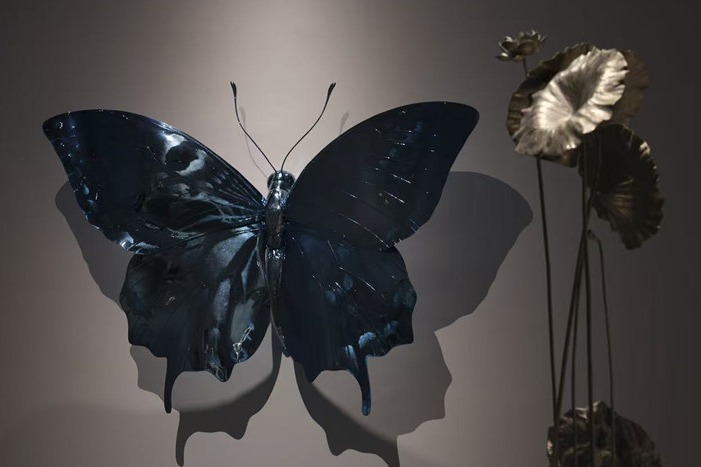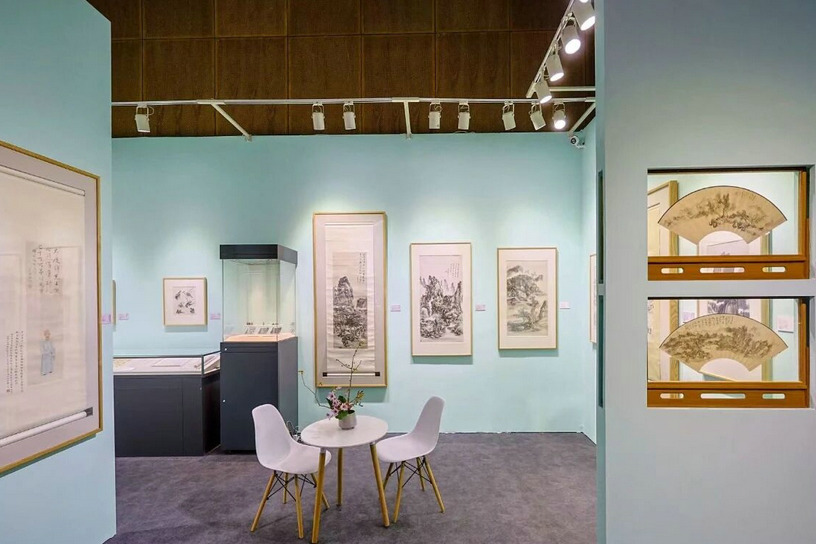The luster of lacquerware through history


He notes that artworks and handicrafts from China have long been treasured in Japan. Thanks to this shared cultural heritage, Japanese museums, art institutions and temples house many rare and precious Chinese lacquerware pieces from the Song (960-1279) and Yuan (1271-1368) dynasties. The exhibition presents a number of such exceptional works that have been preserved in Japan for generations and are now seldom seen in China.
According to Sun Feng, a researcher at the Shanghai Museum, China is one of the world's earliest civilizations to produce lacquerware using tree sap, with the earliest archaeological findings dating back more than 8,200 years.
Like bronze, jade and ceramics, Chinese lacquerware represents an essential part of the nation's great civilization. However, due to the fragility of lacquer, few artifacts have survived, making them exceptionally precious today, Sun adds.
The exhibition is organized into six chapters, beginning with Plain Lacquer with Gentle Glow. Known in Chinese as suxiu, this technique features a single color without decorative motifs. Sun explains that such pieces were highly esteemed during the Song and Yuan dynasties for their thin yet resilient bodies, graceful contours and natural luster.
Subsequent chapters highlight different lacquer art techniques, such as carved lacquer, mother-of-pearl inlay, and gold inlay.





































